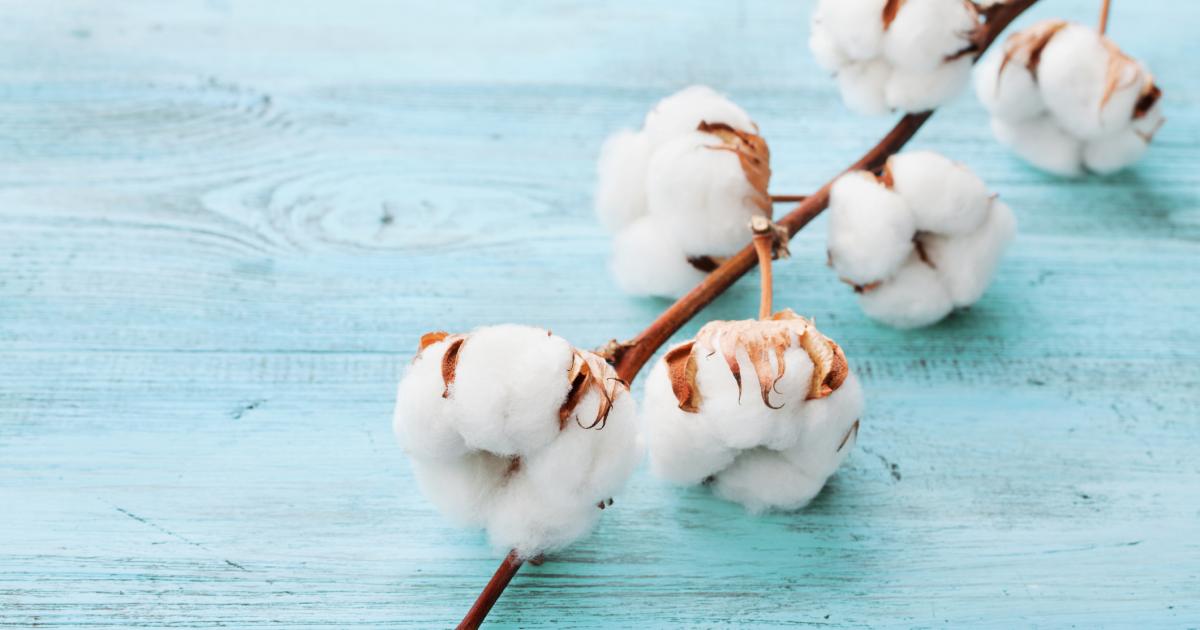Materials used to make ropes

This article focuses on the Most Common Types of Natural and Synthetic Ropes. If you are wondering which type of rope for a specific activity then this article would be a guide on your smart choice.
Most Common Types of Natural and Synthetic Ropes
Ropes are long and strong braids or twists of strands. They are stronger and thicker than cords, twine, or strings of the same construction. The Most Common Types of Natural and Synthetic Ropes are made of synthetic or natural materials.
Most Synthetic fiber ropes are mostly stronger than natural fiber ropes.
They are tensile and are more resistant to rotting than the ones created by natural fibers.
However synthetic ropes are destroyed by light and also their slipperiness has its disadvantages.
Materials used to make ropes
Most Common Types of Natural and Synthetic Ropes materials are either artificial or naturally got from the source.
Most natural rope fibers are earned from Manila, sisal, cotton, straw, linen, hemp, jute, and coir. Synthetic rope fibers comprise; nylon, polypropylene, and polyesters (e.g. LCP, PET, and dextran)
polyethylene, Aramids like (technical and Kevlar), acrylics like Dralon. Some of the ropes are formulated of varieties of fibers or borrow co-polymer cords.
Wire ropes are created from steel or different metal mixtures. Ropes may have been created of supplementary fibrous materials like silk, hair, and wool, though these kinds of ropes are not normally available. Rayon fiber is used to build decorative ropes.
Categories of synthetic and natural ropes
Most Common Types of Natural and Synthetic Ropes are made differently thus different names.
Single braided- They’re synthetic ropes. They are mostly used by sailors. They consist of either eight or twelve strings of synthetic fabric fastened around a strong substantial core, half swirling counterclockwise and half swirling clockwise.
Cords interweave out and, producing the braided structure thus their name. They are lighter, stronger than the simply twisted cords. They are flexible and are hard to kink.
They are also outstanding for nautical conditions where a navigator might be hand revising the sheets or sails. Since they’re flexible and also make snug knots.
Hollow ropes- Includes rows of woven strings with nothing at the center, and they are ready in a sole braid. This type of rope isn’t widespread out of nautical space but they are well fitted for other d areas.
Their fibers are less water-absorbent, therefore, remain portable and simple to use. Reasonable For Nautical situations, mooring lines, wet atmospheres, and water sports,
Manila rope-. It is a natural rope formerly a creation of manila hemp. Nowadays it is earned from abaca plants. It is very tough compared to natural ones. It is better since it is rot and moisture resistant.
In addition, it offers tremendous friction opposition. Historically fishermen used it to create fishing nets even today. It is comfortable and simple to twist, but if it is wet, it shrinks making it hard to make knots.
Find ropes on Amazon here: https://www.amazon.com/ravenox
Uses of ropes
Most Common Types of Natural and Synthetic Ropes are of great importance in areas as varied as construction, communication, exploration, theater, and seafaring. Numerous varieties of knots are formulated to tighten with rope and use a rope to produce a mechanical benefit.
Pulleys can change the direction of the dragging force of a rope in another direction, increase its pulling or lifting energy, and administer a weight over considerable parts of the similar rope to boost safety and reduce wear.
In conclusion, ropes have been used since ancient times. Most common Types of Natural and Synthetic Ropes have also undergone an evolution in making to fit the tasks they are involved in thus giving one a variety of choices.